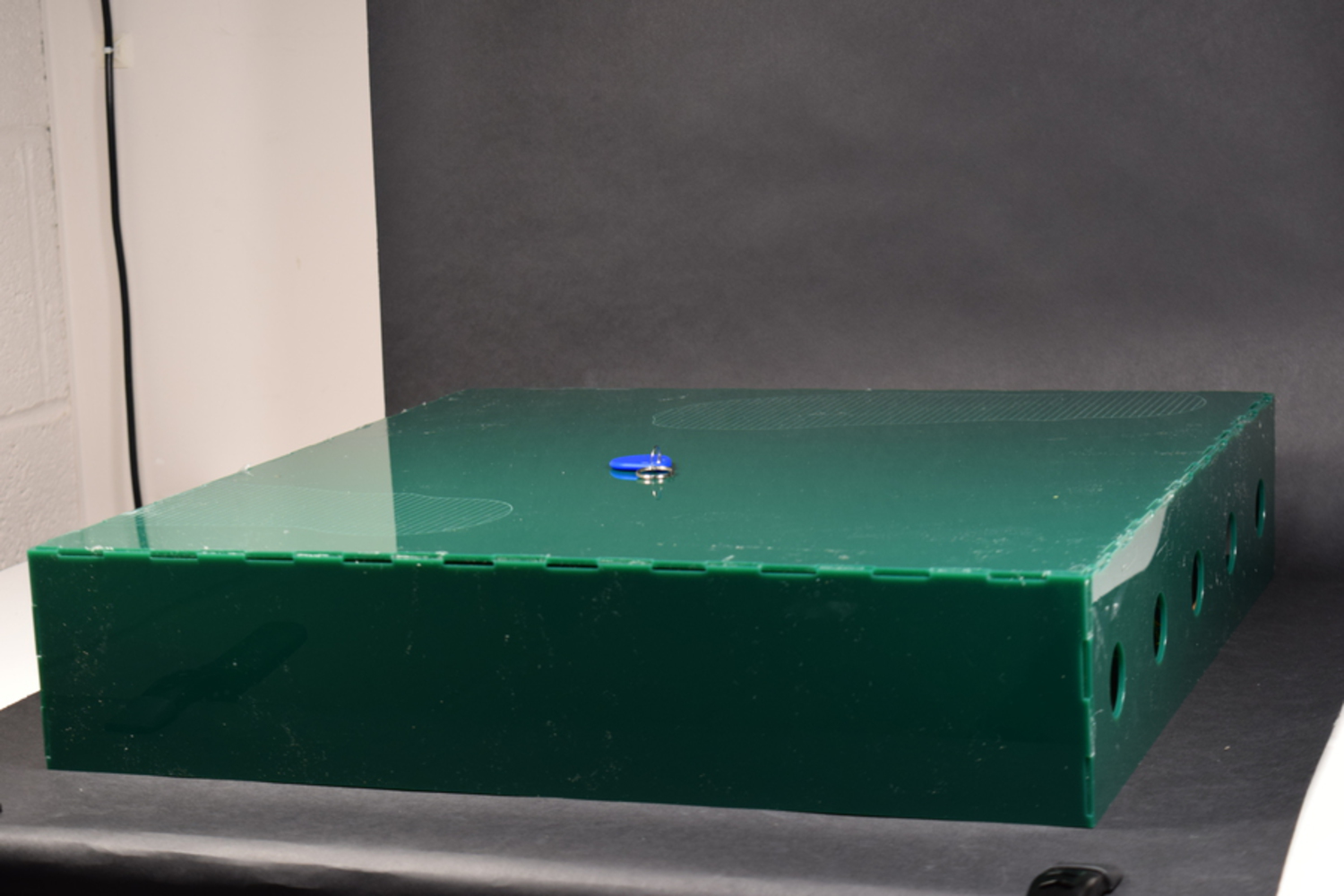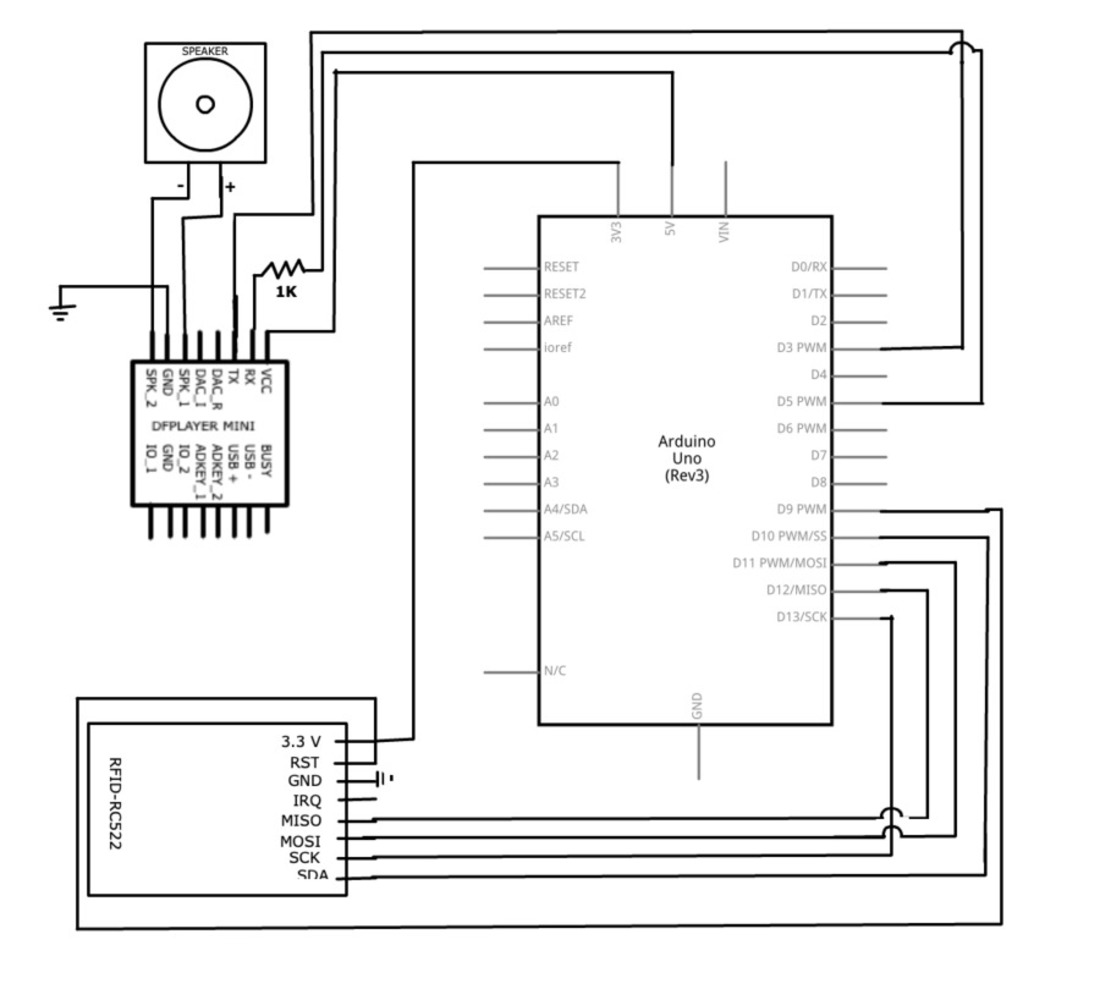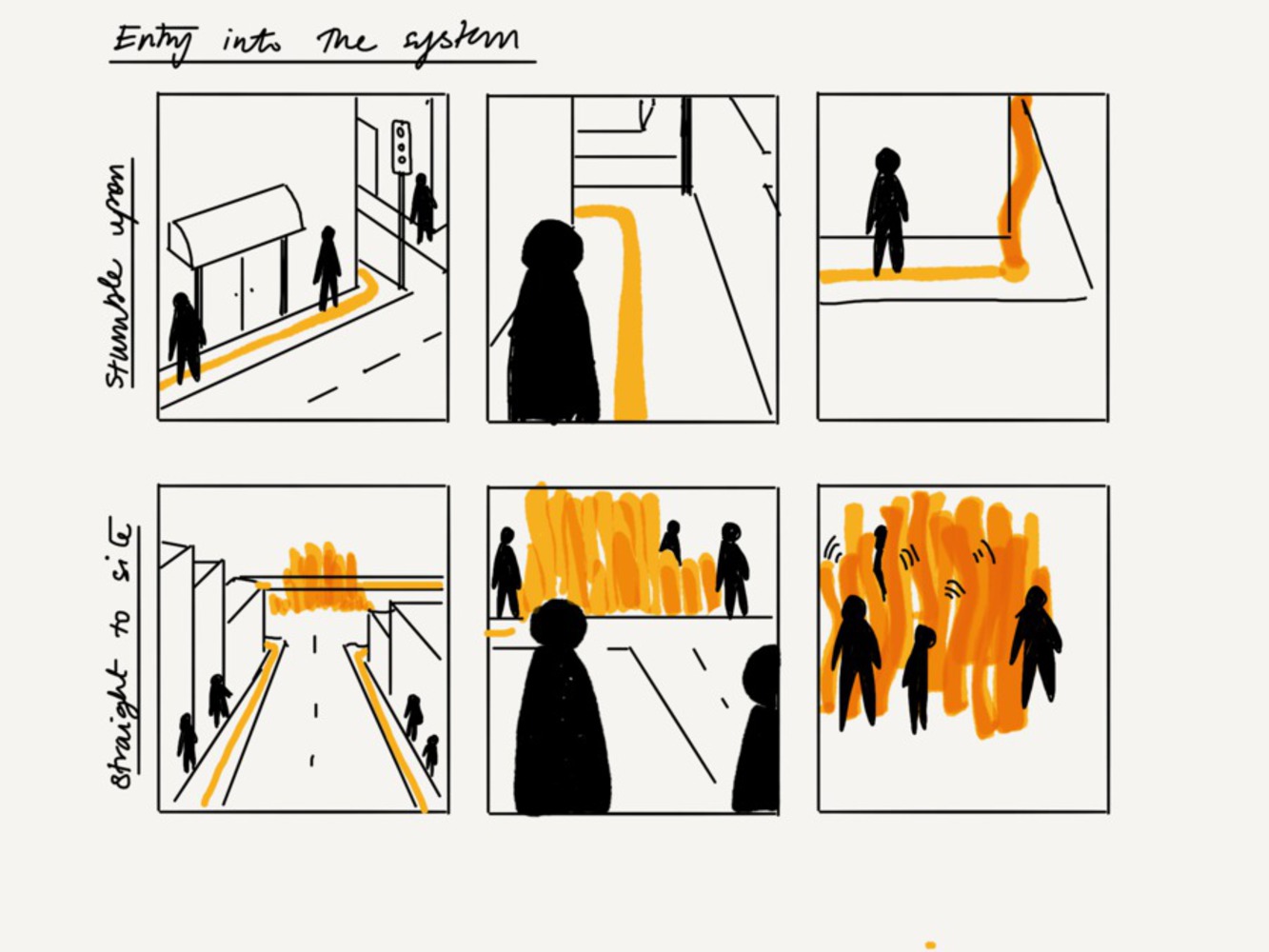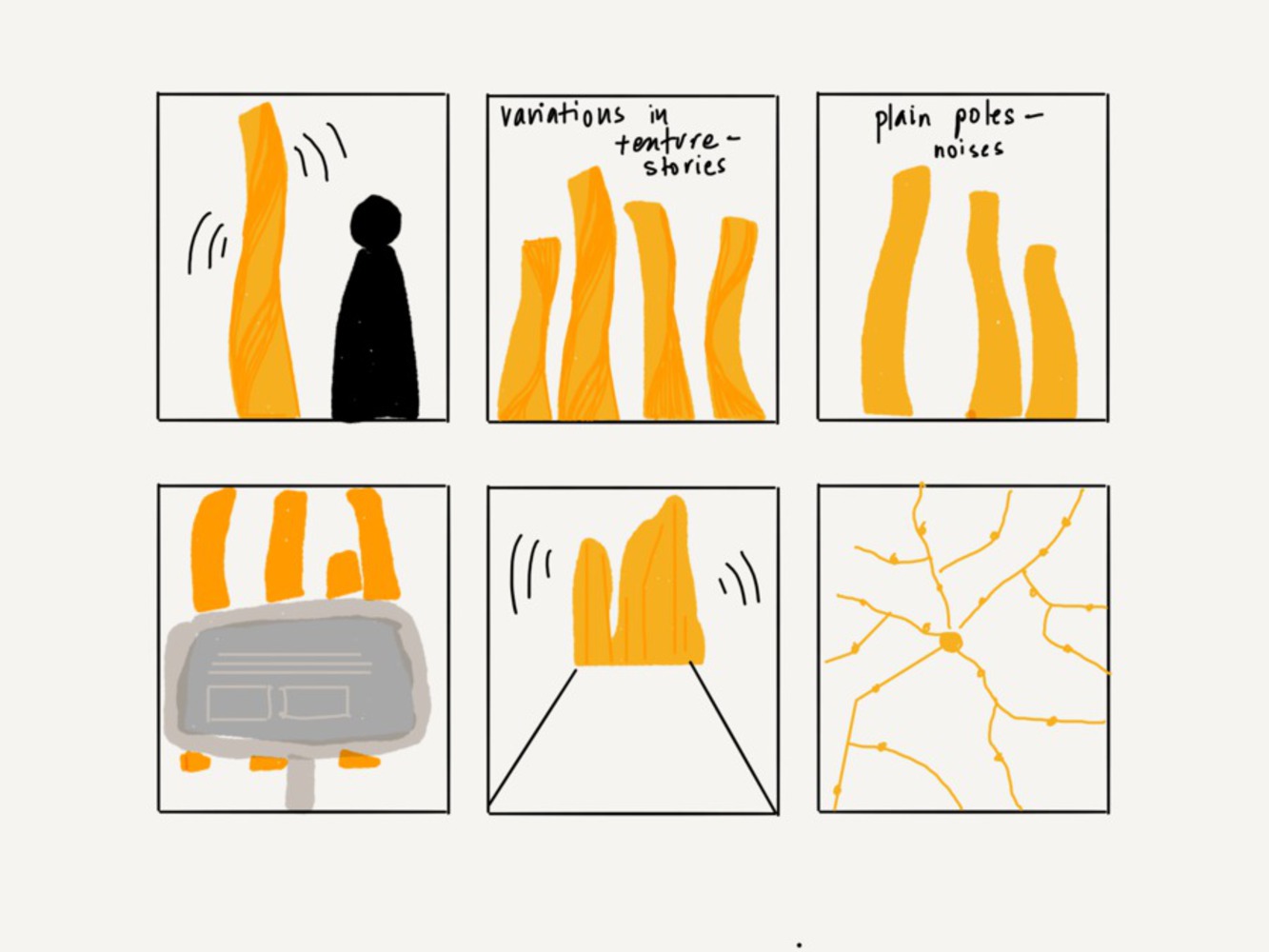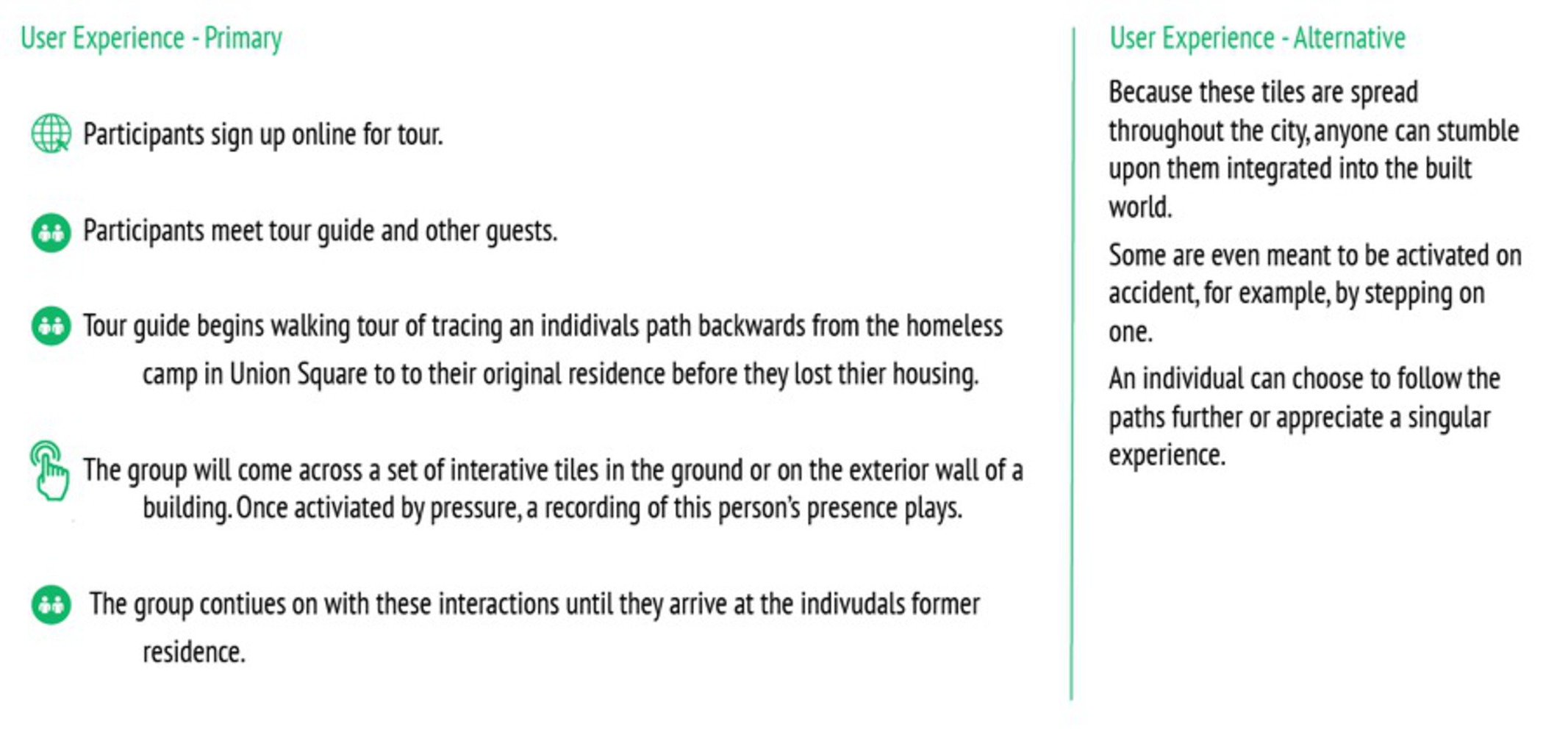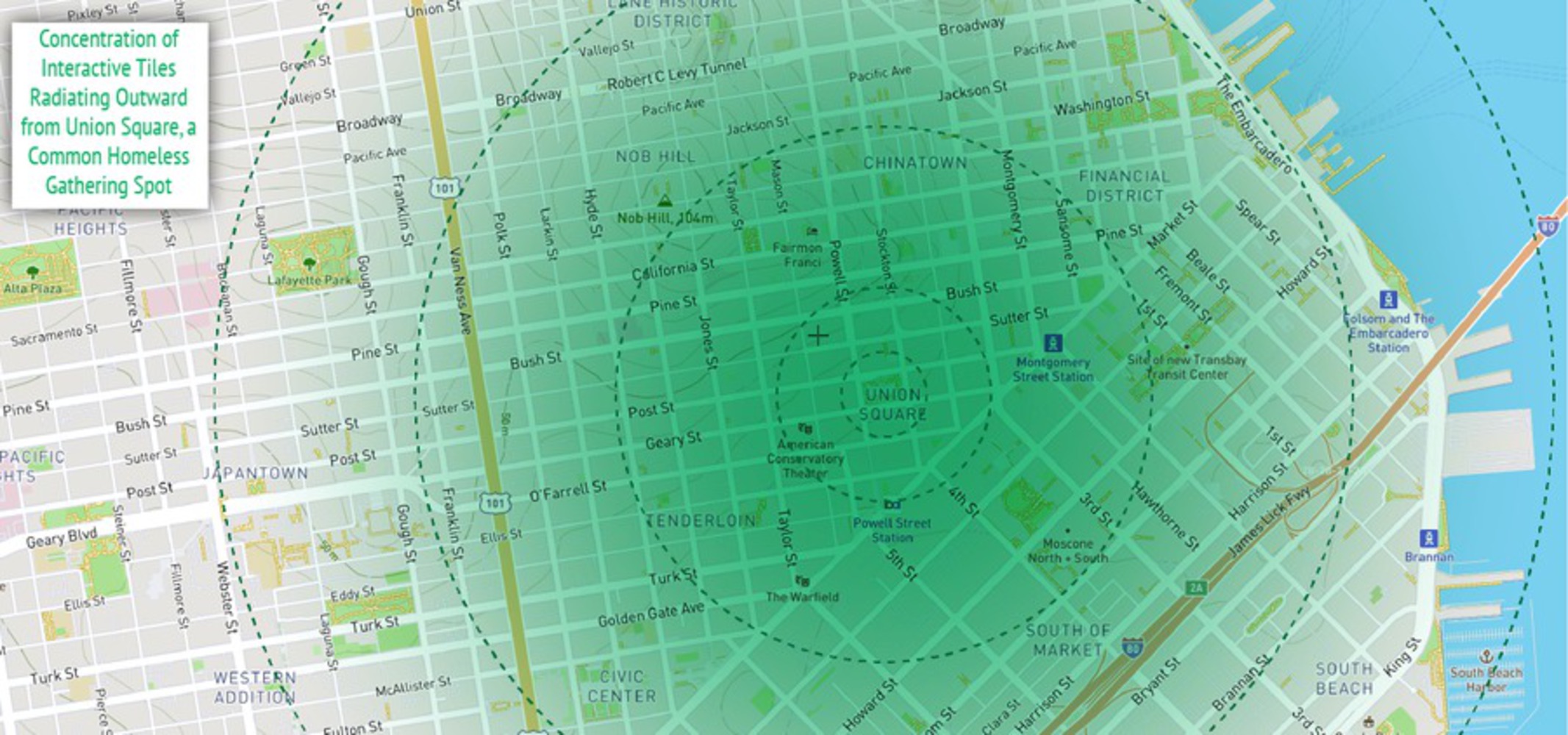Intention
Write about the big ideas behind your project? What are the goals? Why did you make it? What are your motivations?
In the year 2029, vacant AirBnB apartments in San Francisco begin to fill up with residents, thus eliminating the issue of rampant homelessness in the city. In the decade leading up to this phenomenon, the percentage of homeless people who had been evicted from their housing had climbed past 71%. AirBnB had exacerbated gentrification in the city by further dividing the city into the haves and have-nots--if you did not have an AirBnB apartment to rent out to visitors, you lacked the necessary money to live in San Francisco and it was therefore easier to get evicted. The vacancy tax of San Francisco took effect for several years, driving up the price of property taxes. A lot of people who had worked in tech and white-collar jobs lost their homes because they did not have the space or interest in hosting for AirBnB. Sometime in 2023, the CEO of AirBnB discovered that thousands of homeless people had died on the streets of San Francisco due to gentrification. Furthermore, AirBnB’s effect on real estate and caused several vacancies in the city that left San Francisco eerily quiet and lifeless during tourism off-season. Therefore, the company has introduced a new event to its menu of Experiences: Curbside Chats
Curbside Chats is half memorial to the dead homeless residents of San Francisco, half real estate vacancy tour for those seeking housing in the city. Because AirBnB held a great deal of power in the city and several vacant apartments, it began to act as a housing corporation. AirBnB began to open up these apartments as limited-equity low-income housing and also left digital traces of the homeless people who had lived there. Those who go on the tours can follow a specific homeless person’s sequential journey throughout the city, finally leading to the house that they had previously lived in. Patrons step on special pavement slabs and activate an aural record of this homeless person’s presence in life, whether it’s an interview or a busking performance. This AirBnB pop-up experience not only humanizes the homeless people who died at the hands of the corporation, but also helps lead people seeking housing to vacancies that they can occupy. By creating this monument, AirBnB can attract new visitors to the city, but also own up to and repair the damage it had done to San Francisco’s housing market.

